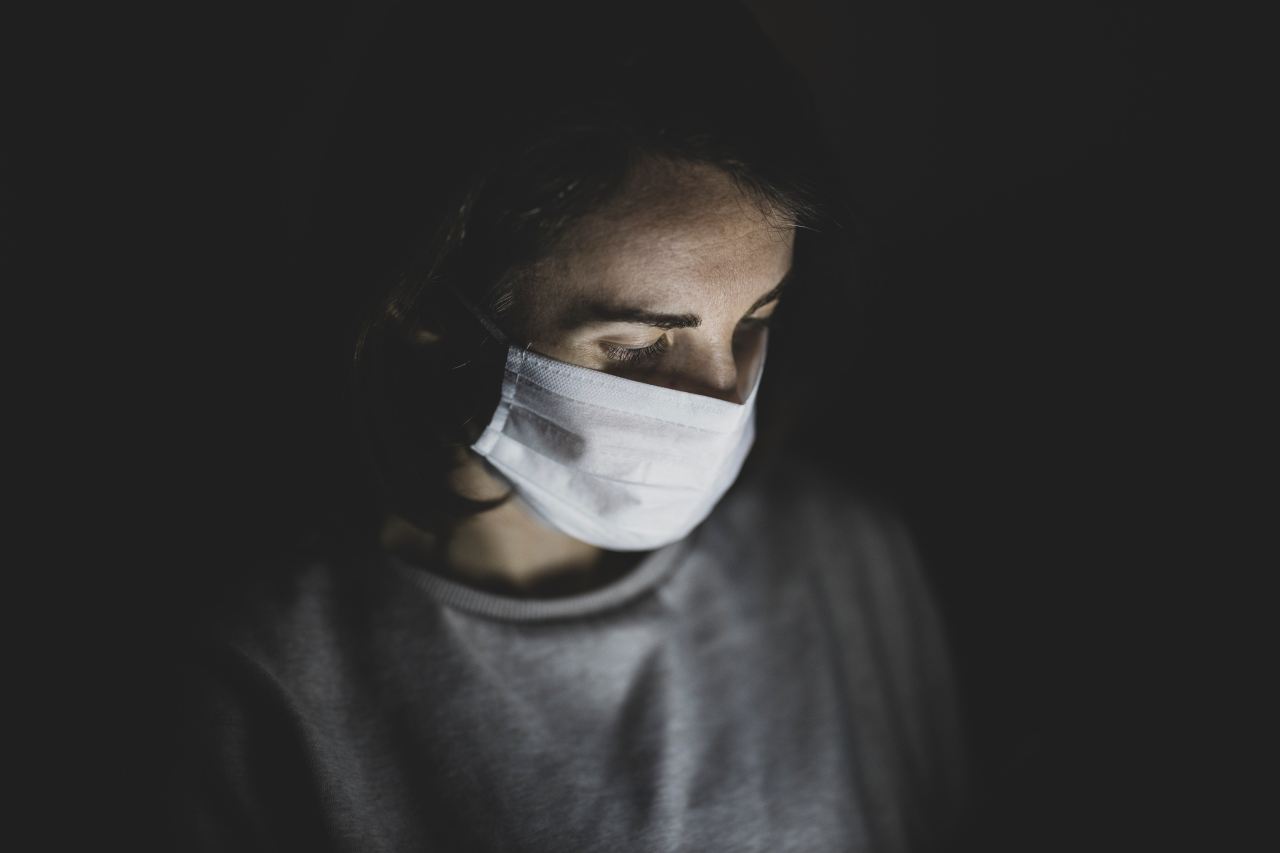How The Pandemic Sparked My Transient Stress-Related Paranoid Ideation
Paranoia comes up in my life as suspicion that my friends are upset with me or that they're conspiring behind my back. It shows itself as interpretations of facial expressions and judgmental looks that don’t always fit the facts, and it ranges to having thoughts that a stranger is going to come in through my…

I was officially diagnosed with Borderline Personality Disorder two years ago, but I have experienced symptoms since my early teens. Through the events and the subsequent stress of this past year, I started to experience aspects of BPD that I never had before.
I work in healthcare, and when March came along, my job changed drastically and continued to change and be unpredictable for months. None of us knew what to expect with the onset of the pandemic in the US, and looking back, I’m amazed that I got through that time in my life as a person who lives with BPD and intense anxiety.
I started to experience a type of anxiety that I never realized I could, sparked by intense stress. I had this fear that I knew inside was irrational, but the panic was so overwhelming that I couldn’t shut it off. I started to have paranoid ideation that someone was going to break into my bedroom window. It started off so that I would ruminate just before bed and progressed to sleepless nights and fear even during daylight hours.
I told my therapist about my paranoia, and she explained that I was experiencing Transient Stress-Related Paranoid Ideation, a symptom often experienced by people with BPD or PTSD.
Transient Stress-Related Paranoid ideation is different from delusional paranoia, the type of paranoia you most often hear about. This type of paranoid ideation comes and goes—its transient, meaning it is usually short-lived and impermanent. Paranoia comes up in my life as suspicion that my friends are upset with me or that they’re conspiring behind my back. It shows itself as interpretations of facial expressions and judgmental looks that don’t always fit the facts, and it ranges to having thoughts that a stranger is going to come in through my window at night. Paranoid ideation can occur in BPD, PTSD and psychotic disorders. By definition, paranoia is characterized by the experience of feeling threatened, persecuted, or conspired against. Symptoms can include anxiety, stress, distrust, feeling persecuted by others, feeling like you’re being watched or spied on, and interpreting body language, words, and glances as hostile.
A couple of months into the pandemic, I still wasn’t managing my stress properly. I was working in a healthcare job, taking calls mostly related to Covid-19, while at the same time experiencing my own anxiety related to the health of myself and my family members. I was continuously listening to other people talk about their fears, worries, and grief, take out their frustrations on me, talk to me about the symptoms they were experiencing, sometimes severe, and I wasn’t able to separate myself from the weight of it all.
I began to experience other paranoid thoughts around this time. My blood pressure was always high, my heart was constantly racing, and I was in a state of perpetual worry. I was alone with my thoughts each evening and convinced myself that I was going to slip into psychosis and no one would be around to help me. The anxiety was so intense that I could sometimes see the room around me dissolving into a white cloud. I felt like every sensation in my body was heightened and could feel my heartbeat pounding for days on end. I could feel my thoughts slipping away from me as though I was constantly forgetting what had just happened. I felt like I couldn’t grasp onto a thought long enough to articulate it, and I convinced myself that if this went on long enough, I was going to lose my mind for good. This had to be the most terrifying time in my life. It’s exhausting to battle your own mind each day, especially when it tries so hard to convince you that it’s slipping away from you.
Eventually, through DBT group and individual therapy, I was able to learn mindfulness techniques to get myself through this stressful time. I was able to become aware of when my thoughts were stemming from a place of anxiety and paranoia rather than reality, and I could remind myself that it was temporary and not based in fact. I learned to describe what I was feeling and experiencing out loud and on paper, check the facts, and practice meditation to help with relaxation. The other thing that pulled me out of this stress cycle was physical activity. I began exercising for 30 minutes a day and I felt the stress and tension slowly melt away. Soon after I started exercising and meditating regularly, I felt more in control of my mind and my emotions than I had in a very long time.
I believe that I’ll always experience transient paranoia in one way or another, mainly through interpretations or assumptions, but DBT has given me the tools to check myself and to pull myself out of the stress cycle if it becomes more powerful.

